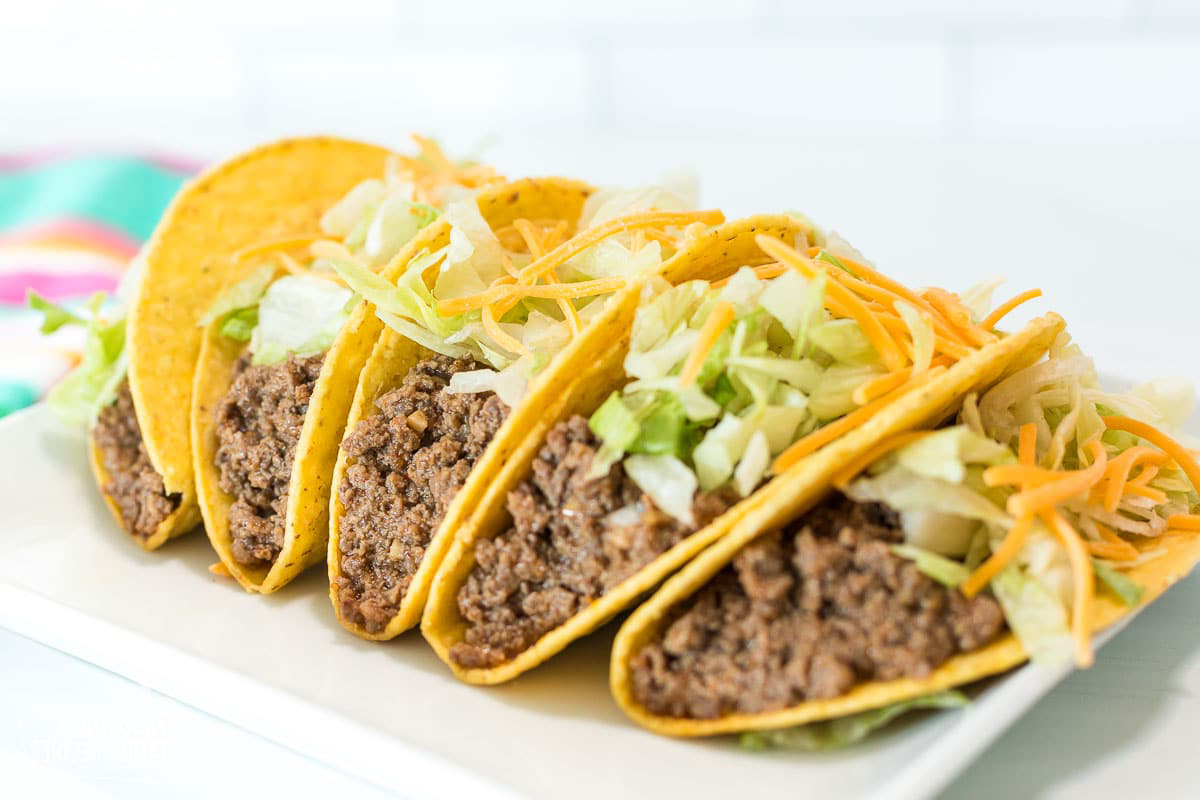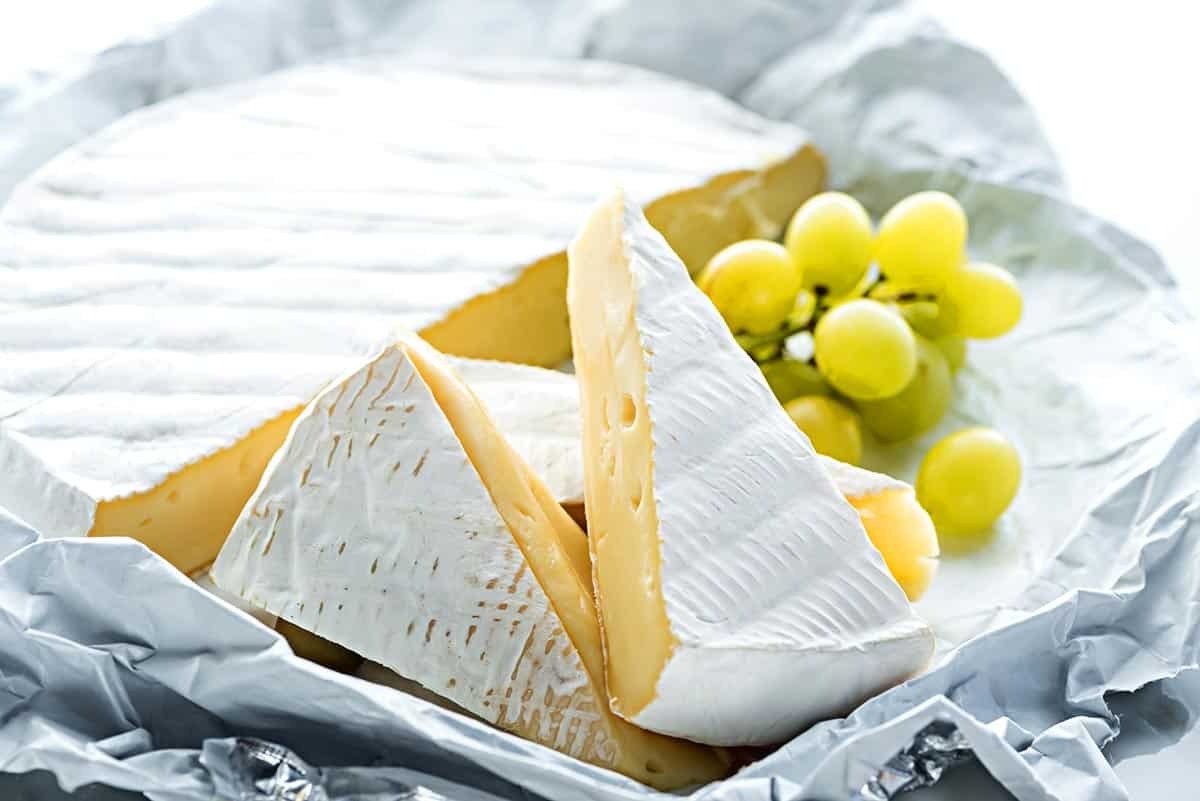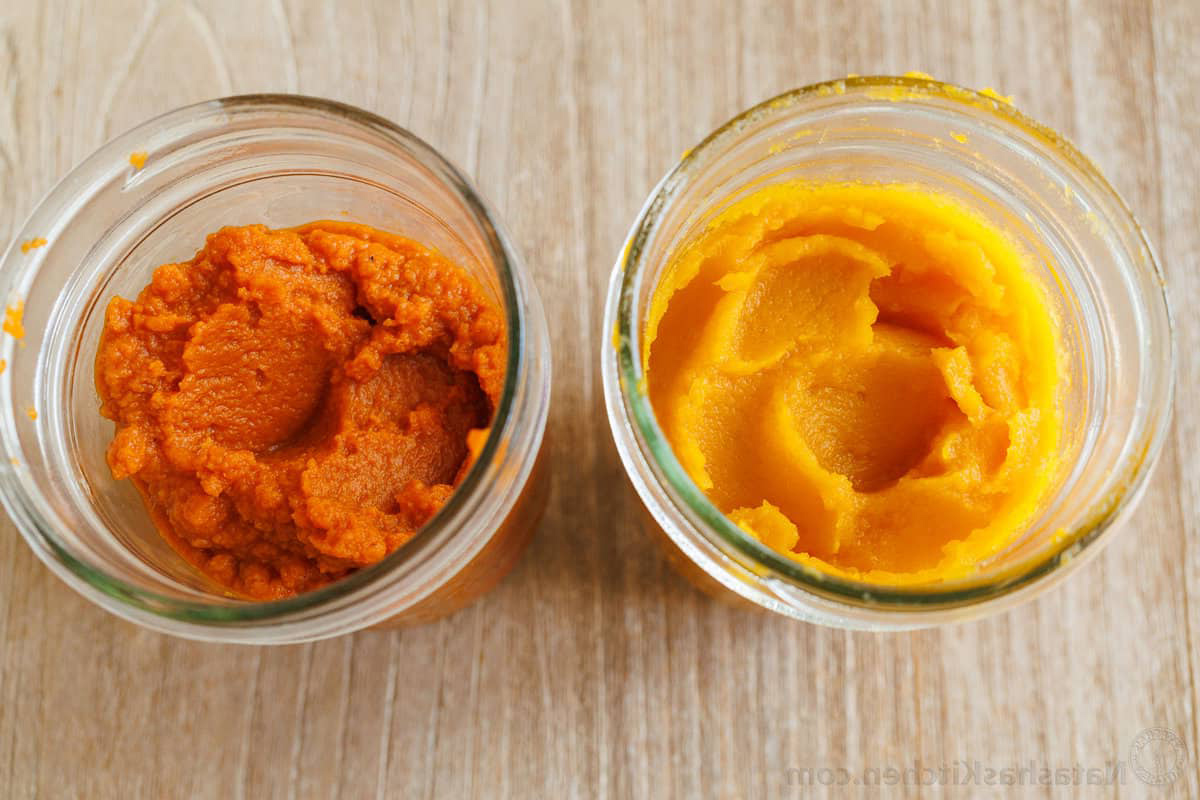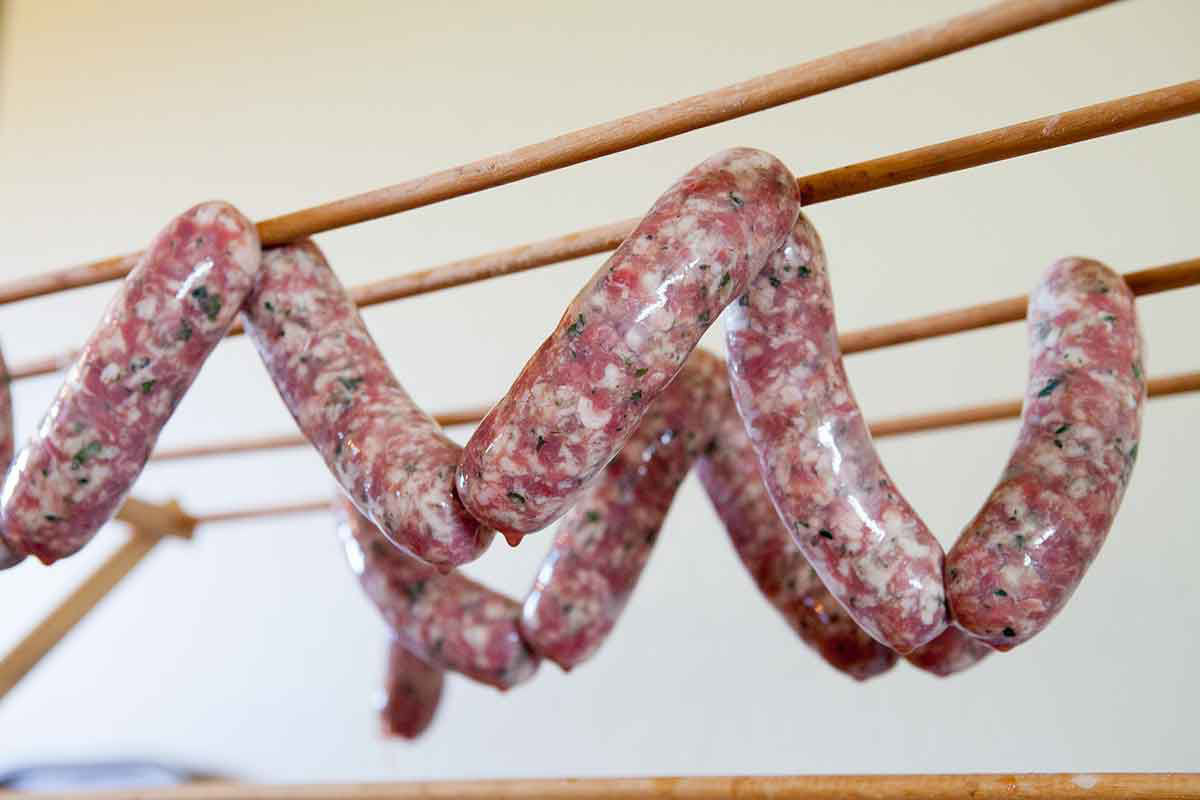Understanding the 63-Degree Egg
Have you ever heard of a 63-degree egg? If not, you’re in for a treat! This unique cooking method has been gaining popularity among food enthusiasts and chefs alike. So, what exactly is a 63-degree egg and why is it so special? Let’s dive in and explore this fascinating culinary creation.
What is a 63-Degree Egg?
A 63-degree egg, also known as an onsen egg, is a type of slow-cooked egg that is prepared at a precise temperature of 63 degrees Celsius (145 degrees Fahrenheit). This cooking method involves immersing the egg in water and maintaining a consistent temperature for an extended period of time, resulting in a perfectly cooked egg with a creamy and custard-like texture.
How is it Prepared?
Preparing a 63-degree egg requires precision and attention to detail. Here’s a simple step-by-step guide to creating your own delicious onsen egg:
- Fill a pot with water and attach a sous vide precision cooker.
- Set the temperature to 63 degrees Celsius (145 degrees Fahrenheit) and allow the water to reach the desired temperature.
- Gently place the eggs into the water bath, ensuring that they are fully submerged.
- Cook the eggs for 45 minutes to 1 hour, depending on your desired level of doneness.
- Once cooked, carefully remove the eggs from the water and place them in an ice bath to stop the cooking process.
- Peel the eggs and enjoy the creamy, velvety texture of the 63-degree egg.
Why is it Special?
The 63-degree egg is special for several reasons. First and foremost, the slow cooking process at a precise temperature results in a unique texture that is unlike any other type of egg preparation. The yolk becomes rich and velvety, while the egg white takes on a delicate and custard-like consistency.
Additionally, the 63-degree egg is incredibly versatile and can be used in a variety of dishes. From topping off a bowl of ramen to adding a luxurious touch to a salad, the onsen egg adds a decadent and indulgent element to any dish it accompanies.
Ways to Enjoy a 63-Degree Egg
Now that you know what a 63-degree egg is, you may be wondering how to enjoy this delectable creation. Here are a few ideas to get you started:
- Top off a bowl of steaming hot ramen with a halved 63-degree egg for a burst of creamy goodness.
- Pair a 63-degree egg with a fresh salad to add a luxurious touch to your greens.
- Serve a 63-degree egg alongside grilled asparagus for an elegant and satisfying appetizer.
- Experiment with incorporating 63-degree eggs into your favorite recipes to elevate the overall flavor and texture of the dish.
In Conclusion
The 63-degree egg, or onsen egg, is a culinary delight that offers a unique and indulgent experience for food enthusiasts. With its creamy texture and versatile nature, this slow-cooked egg has earned its place as a beloved ingredient in the culinary world. Whether you’re a seasoned chef or an adventurous home cook, the 63-degree egg is definitely worth exploring and incorporating into your culinary repertoire.
So, the next time you’re looking to add a touch of luxury to your meal, consider preparing a 63-degree egg and savoring the velvety goodness that it brings to the table.
Was this page helpful?
Read Next: What Is Brick Oven Crust?











